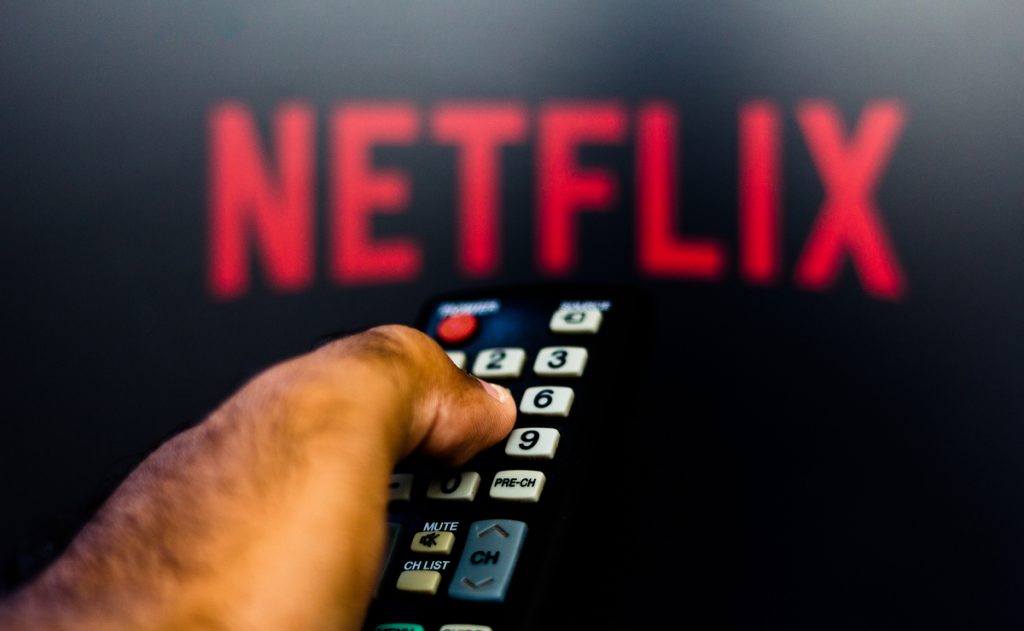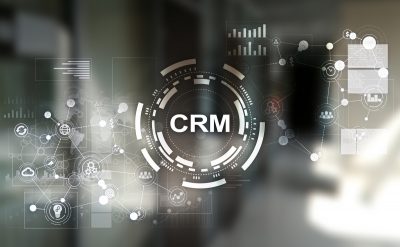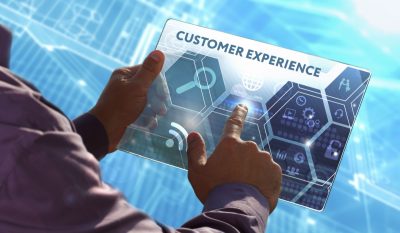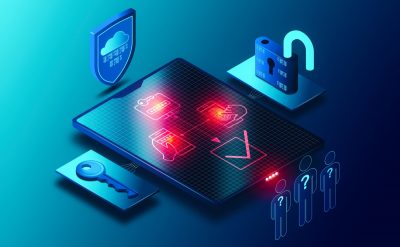Customer experience for any business growth is one of the most important aspects; however, the challenge every business faces today is that they don’t know about what to change and how to measure the effect of change. Over the years, several online businesses have promoted the concept of user experience or user interface, but the consumer friction points still exist. It might be time when you can take a leaf out one of the biggest providers of seamless customer experience- Netflix. According to the recent Global Internet Phenomena Report by a bandwidth segment company Sandvine, Netflix accounts for 15% of the world’s web traffic.
The company has revolutionized the customer experience with various experimentation steps and even maintaining the traffic. Various psychological tricks are making the streaming platform entice different levels of customers. So let’s take a look at some of their experiments.
Reciprocity Principle
The reciprocity principle is based on indebt emotion. When a person does a favor for you, you are more likely to grant a favor to the same person. To get attention, you need to provide them some offering. Netflix asked its customer base, “What one thing would you like to know more about before signing up for Netflix?” One of the top popular answers from the non-customers was that 46% wanted to know more about all the movies and TV shows available.
Netflix experimented by providing all the details about the content on Netflix; the experiment, however, revealed something interesting. Most consumers browsed through the content, and it proved to be distracting for the users. Therefore, many of the users just browsed through but never signed up.
To make the experiment more intuitive and visual, designers used an image that hinted at an extensive catalog. However, they wouldn’t let customers browse through the whole thing, giving the users a sneak and peek but not a total view. The secrecy and emotion to see more made many of the customers sign up for the free streaming trial.
Idleness aversion
People are happier when they are busy, even if it’s forced. One of the ways various organizations are looking to keep the users engaged on the website is through gamification, animation, and visuals, which are the ideal way. Netflix applies the idleness aversion technique by forcing the users to watch trailers without any auto-play even if the users are just reading about the content.
The auto-play option might be vastly frustrating for the users, but currently, Netflix is finding it more beneficial than giving the play option to the users.
Cocktail party effect
The cocktail party effect is bringing more personalization for data that is relevant to them. Using the cocktail party effect proves that if the businesses can provide users with personalized content, it can even drive better results. A recent study done by Accenture found 3 personalization tactics having a direct effect on consumer behavior,
1. Know what I want- 58% of customers prefer to buy from a retailer that recommends options based on past purchases.
2. Know my past- 65% of customers prefer to buy from a retailer that knows about their purchase history.
3. Know my name- 56% of customers prefer to buy from retailers that recognize them by name.
Recommendation and personalized content are one of the prime drivers for any user. Most of the Netflix users don’t search their content online; they go through the recommendations provided by the streaming platform.
Navin Iyengar, the Lead Product Designer at Netflix, described the philosophy of the company saying that a lot of UX ideas the company uses are usually A/B tested. So, they are prepared beforehand to understand different changes in the CX created. The results from such experiments helped them to be focused on the most important things to work on.
Conclusion
Experimentation on psychological principles will assist the organizations to verify what works for a given audience and even for the products/services they serve. Developers, designers, and leaders need to come onboard with various testing experiments that will be carried out and understand that there is no other way they can improve their Customer Experience (CX).













